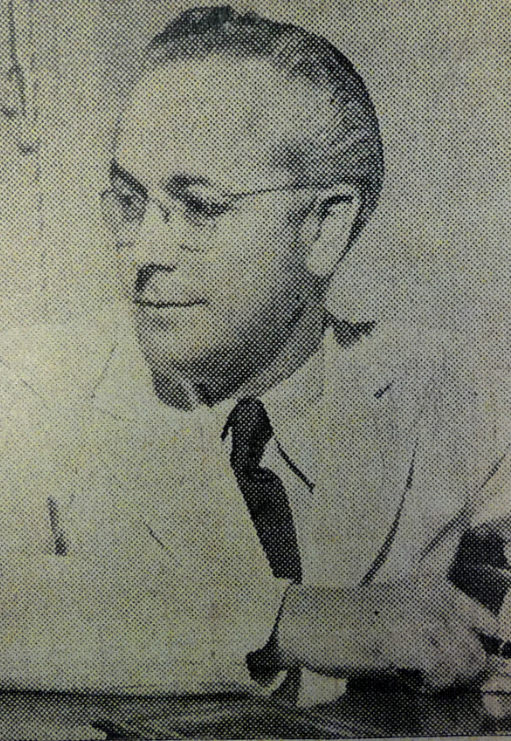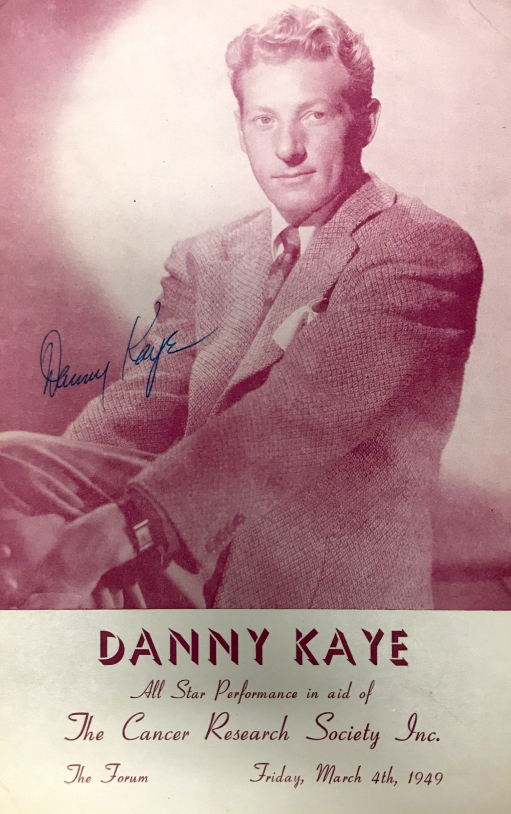suffering from cancer in 1940
-
1945

In the 1940s, Montrealer Betty Caplan lost her mother to cancer. Amidst her friends and family, it seemed as though everyone was being affected, in one way or another. Wanting to change the course of things, she started looking for ways to get involved. Upon realizing that very little attention was going towards researching cancer in Canada, she quickly understood that this was the way to go. She decided to take action.
-
1945

INAUGURATION OF THE CANCER RESEARCH SOCIETY
In 1945, with the help of her friends Hattie Rolbin, Mildred Singer, and Etta Kastner, Betty Caplan launched the Cancer Research Society. The organization gave itself a unique mission: To raise money to help doctors and researchers find a way to outsmart cancer through research. Betty served as president of the Society until 1954.
-
The impact that Betty Caplan had on cancer research funding in Canada is immense. In 1974, she received the prestigious “Outstanding Citizen Award” from the city of Montreal, in acknowledgement of her contribution.
-
1946Less than one year after its founding, the Cancer Research Society awarded its first four research grants in the amount of $600 each, an investment equivalent to $34,000 in 2020.
-
1947

J. Ernest Ayre
J. Ernest Ayre, a gynecologist at McGill University, was among the first four beneficiaries of a grant from the Cancer Research Society. Throughout his career, he was a pioneer in the field of cervical cancer, tasked with perfecting and promoting the Pap test for women. Still today, the Pap test is the best screening tool available to prevent and treat cervical and uterine cancer across the world.
-
1949

Betty Caplan was skilled at attracting attention and rallying people behind the cause. That same year, the well-known comedian and humanitarian Danny Kaye visited the Montreal Forum for a benefit gala organized to support cancer research. It was the spectacular start to a long history of commitment to cancer research.
-
1948

A MAJOR PARTNER
The Bank of Montreal also came on board as a significant partner of the Cancer Research Society. As a result of this historic partnership, the Society became a leading player in Canadian cancer research funding. Even today, the Society can count on BMO’s invaluable support.
-
THE FIRST
CHEMOTHERAPY TREATMENTIn 1949, the United States Food and Drug Administration approved the first chemotherapy medication derived from the highly toxic mustard gas used during the First World War.
Scientists realized that soldiers exposed to the gas saw their white blood cells, called lymphocytes, being destroyed, and would require regular blood transfusions. The discovery led researchers to believe that sulphur mustard gas could be used to treat lymphoma, a tumour of the lymphatic system. Soon after, mustard gas became the first authorized chemotherapy agent.

